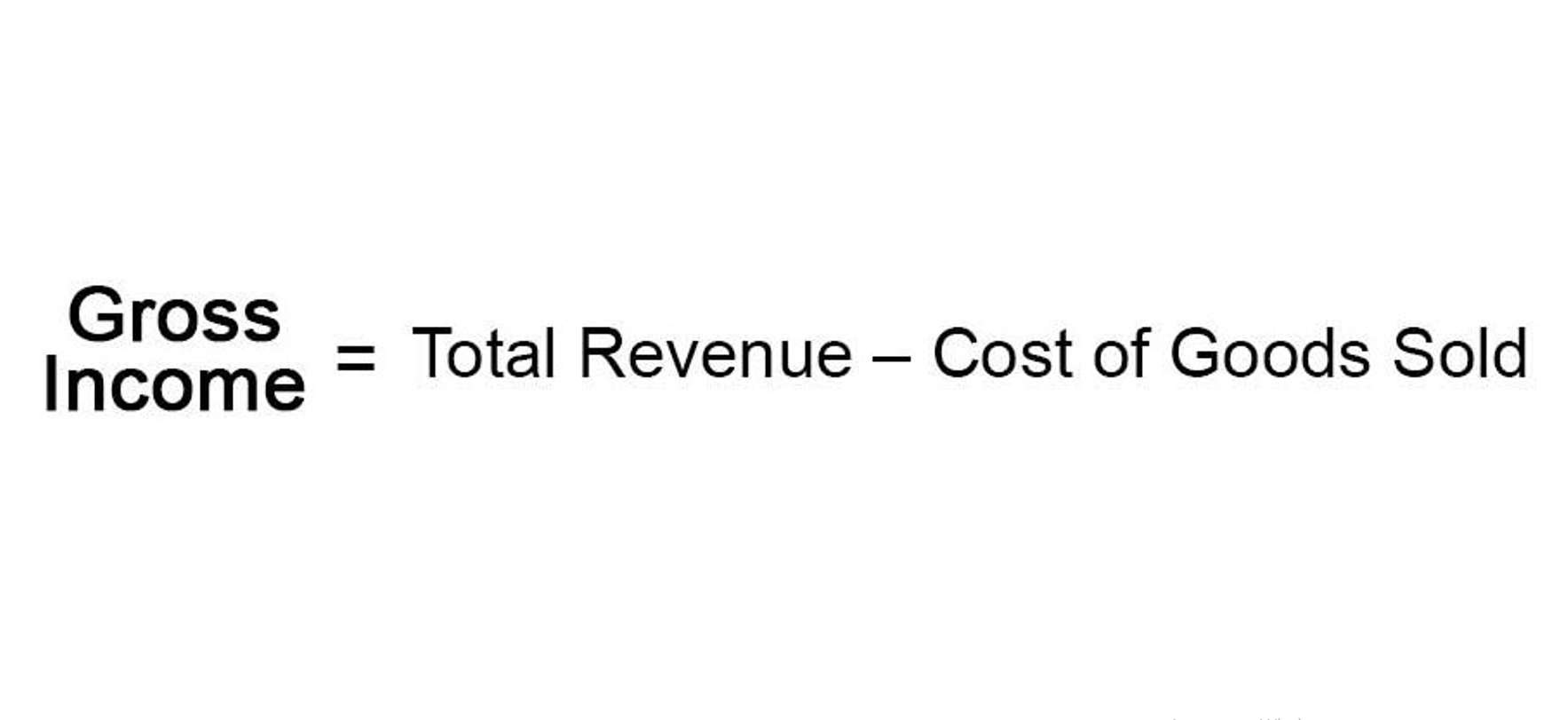LIFO vs FIFO Learn About the Two Inventory Valuation Methods

However, the company already had 1,000 units of older inventory that was purchased at $8 each for an $8,000 valuation. In other words, the beginning inventory was 4,000 units for the period. The average cost method produces results that fall somewhere between FIFO and LIFO. FIFO can be a better indicator of the value for ending inventory because the older items have been used up while the most recently acquired items reflect current market prices. For most companies, FIFO is the most logical choice since they typically use their oldest inventory first in the production of their goods, which means the valuation of COGS reflects their production schedule.

How To Calculate FIFO and LIFO
- FIFO is often the preferred method for companies that want to present a stronger financial position, as it typically results in higher reported profits.
- Under LIFO, if the store sells action figures in August, it will record the cost at $12 per figure, assuming the latest stock is sold first.
- A company’s taxable income, net income, and balance sheet balances will all vary based on the inventory method selected.
- CFI is on a mission to enable anyone to be a great financial analyst and have a great career path.
- In our bakery example, the average cost for inventory would be $1.125 per unit, calculated as (200 x $1) + (200 x $1.25)/400.
- This makes it easy for business owners to manage their accounting and makes it simple for investors to interpret the financial statements.
The approach provides such ventures with a more accurate value of their profits and inventory. FIFO is not only suited for companies that deal with perishable items but also those that don’t fall under the category. The benefits of using the LIFO method are that it helps defer tax and lower inventory write-downs during lifo formula periods of high inflation.
Industry, regulatory and tax considerations
- By contrast, the inventory purchased in more recent periods is cheaper than those purchased earlier (i.e. older inventory costs are more expensive).
- The FIFO and LIFO compute the different cost of goods sold balances, and the amount of profit will be different on December 31st, 2021.
- This is why LIFO creates higher costs and lowers net income in times of inflation.
- On the other hand, a company that uses the LIFO method will be reporting a lower value of net worth and hence will appear comparatively less attractive to the investors.
- We’re firm believers in the Golden Rule, which is why editorial opinions are ours alone and have not been previously reviewed, approved, or endorsed by included advertisers.
- In both cases, only goods actually sold are included in the calculations.
Let’s say you’ve sold 15 items, and you have 10 new items in stock and 10 older items. You would multiply the first 10 by the cost of your newest goods, and the remaining 5 by the cost of your older items to calculate your Cost of Goods Sold using LIFO. As with FIFO, if the price to acquire the products in inventory fluctuates during the specific time period you are calculating COGS for, that has to be taken into account.

Last In, First Out (LIFO): The Inventory Cost Method Explained

With FIFO, the assumption is that the first items to be produced are also the first items to be sold. For example, let’s say a grocery receives 30 units of milk on Mondays, Thursdays, and Saturdays. The store owner will put the older milk at the front of the shelf, with the hopes that the Monday shipment will sell first. The LIFO system is founded on the assumption that the latest items to be stored are the first items to be sold. It is a recommended technique for businesses dealing in products that are not perishable or income summary ones that don’t face the risk of obsolescence. Amid the ongoing LIFO vs. FIFO debate in accounting, deciding which method to use is not always easy.
Best Inventory POS Systems

In this case, the store sells 100 of the $50 units and 20 of the $54 units, and the cost of goods sold totals $6,080. So ultimately, the benefit of using the LIFO method for a company is that it can report a lower Net Income and hence defer its tax liabilities during times of high inflation. But at the same time, it might end up disappointing the investors by reporting lower earnings per share. On the other hand, a company that uses the FIFO method will be reporting a higher net income and hence will have a greater amount of tax liability in the near term. The root cause why there is more than one method to account for the cost of inventory is inflation. If inflation ceases to exist, we won’t require different methods to determine the value of inventory company expenses or keep them in its warehouses.
- Under FIFO, the purchase price of the goods begins with the price of the earliest goods purchased.
- In an inflationary environment, where prices are rising, the cost of goods sold is lower under FIFO because you are using older, cheaper costs.
- On the other hand, a company that uses the FIFO method will be reporting a higher net income and hence will have a greater amount of tax liability in the near term.
- To calculate FIFO, multiply the amount of units sold by the cost of your oldest inventory.
- Do you routinely analyze your companies, but don’t look at how they account for their inventory?

Under LIFO, selling https://www.bookstime.com/ the more recent, expensive inventory first results in higher COGS and lower reported profits. The decision between FIFO and LIFO is not just about immediate financial benefits. It’s about aligning your inventory valuation method with your overall business strategy, market conditions, and long-term goals. LIFO, while less intuitive than FIFO, offers distinct advantages, particularly in inflationary environments.


